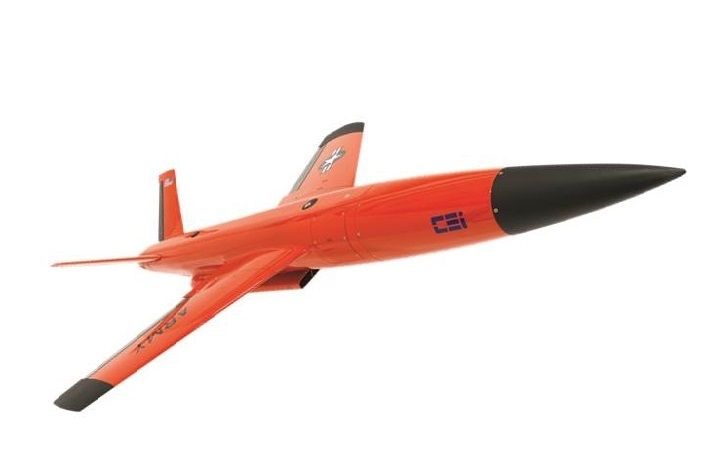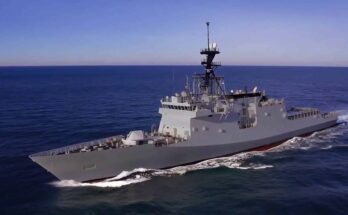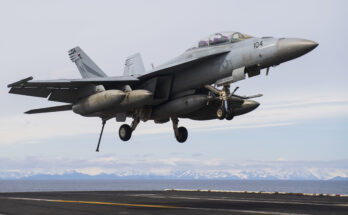
There once was a company called Ryan Aeronautical, the primary provider of advanced aerial target systems to the U.S. military (later purchased by Teledyne). During the Cold War era, few of the major U.S. firms had any interest in this segment of the overall defense market. Of course, nothing lasts forever and eventually, the U.S. began to look for next-generation aerial threat simulators and launched new competitions.
Kratos Defense became a leading supplier of aerial targets to the Pentagon beginning with its acquisition of Composite Engineering Inc (CEi). The first success was the selection of the BQM-167 to meet the Air Force Subscale Aerial Target (AFSAT) requirement. Next, the U.S. Navy decided to acquire the BQM-177 under its Subsonic Subscale Aerial Target (SSAT) program.
Although the consumption of aerial targets varies from year to year, the Pentagon does issue a steady flow of drone production contracts annually. Kratos has also won international orders from Germany, Singapore, South Korea, Sweden, and Taiwan.

Later, Kratos Defense added the MQM-178 Firejet to its portfolio of aerial target drones. This is the smallest target drone that Kratos Defense is currently manufacturing.
Kratos Defense may further enlarge its share of the aerial target market by meeting additional U.S. military needs. The Pentagon could fund development of another next-generation aerial target (NGAT) to meet future threat simulation needs. This new target drone might be available sometime around 2030.
While not as flashy as missiles or tanks, the production of aerial targets can provide a company with a steady stream of orders over an extended period of time. Ryan Aeronautical had a good run before passing the torch to Kratos Defense. Maybe there is another company about to be added to this list. From Ryan to Kratos to Chance?
For more than 35 years, Larry has been involved in research and analytical work for various Forecast International projects. He has contributed to the Airborne Electronics Forecast and was chief editor on the World Aerospace Weekly newsletter. Larry was directly responsible for the creation of World Weapons Review, a biweekly industry market research publication specializing in weapon systems and related material. He was the creator of Unmanned Vehicles Forecast, launched to cover the growing market for civil and military drones, and was involved in the development of the Airborne Retrofit & Modernization Forecast service. He is currently responsible for the Missile Forecast and for FI's two Unmanned Vehicles Forecast services – Airborne Systems and Land & Sea Systems.




